Gardenia jasminoides
Gardenia jasminoides
1. The products in our compound library are selected from thousands of unique natural products; 2. It has the characteristics of diverse structure, diverse sources and wide coverage of activities; 3. Provide information on the activity of products from major journals, patents and research reports around the world, providing theoretical direction and research basis for further research and screening; 4. Free combination according to the type, source, target and disease of natural product; 5. The compound powder is placed in a covered tube and then discharged into a 10 x 10 cryostat; 6. Transport in ice pack or dry ice pack. Please store it at -20 °C as soon as possible after receiving the product, and use it as soon as possible after opening.
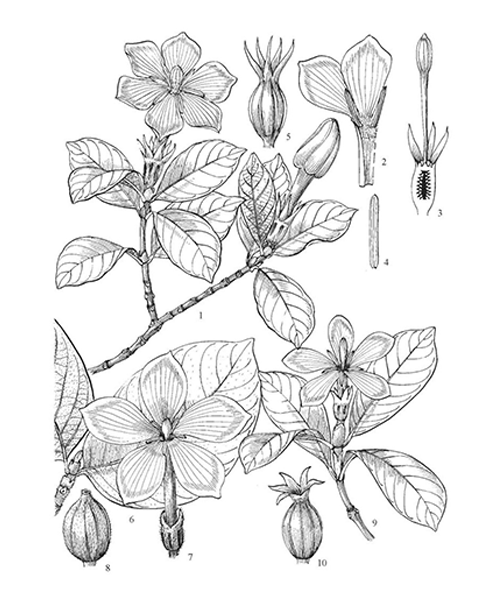
Natural products/compounds from Gardenia jasminoides
- Cat.No. Product Name CAS Number COA
-
BCN7159
Oleic acid112-80-1
Instructions
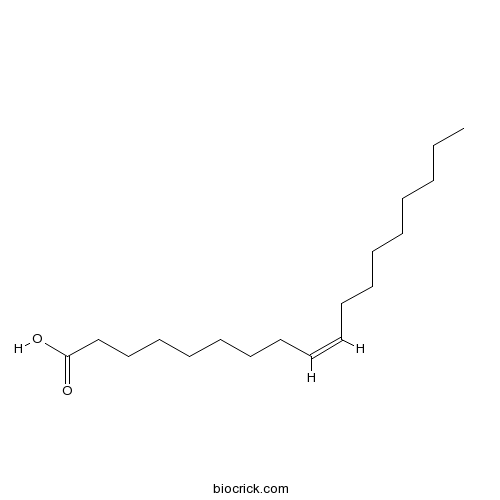
-
BCN6088
Scoparone120-08-1
Instructions
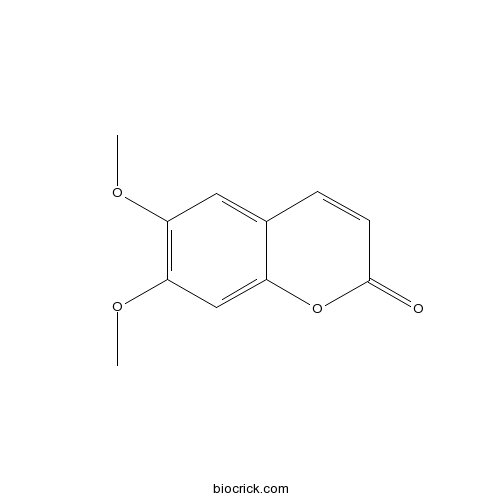
-
BCN2605
Vanillin121-33-5
Instructions
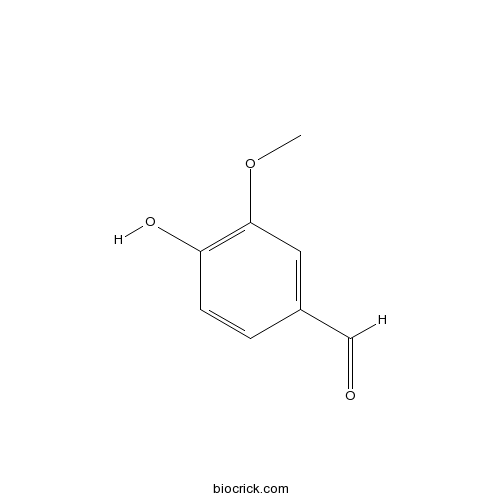
-
BCC8957
Episyringaresinol 4'-O-β-D-glncopyranoside137038-13-2
Instructions

-
BCN3323
Deacetylasperulosidic acid14259-55-3
Instructions
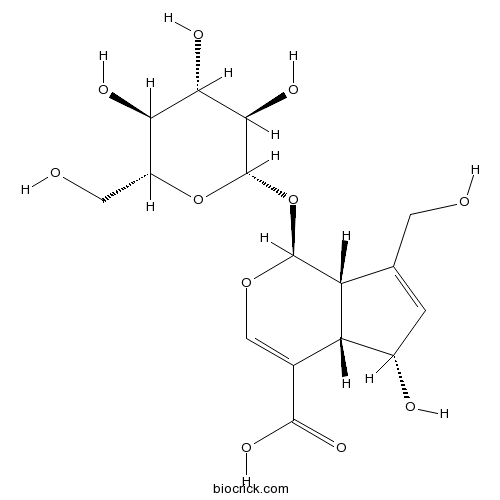
-
BCN1126
Nicotiflorin17650-84-9
Instructions
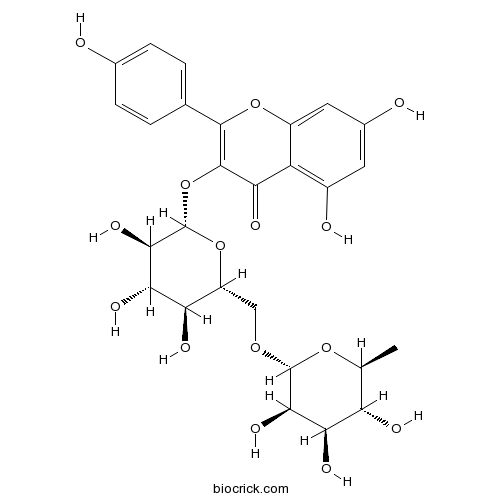
-
BCN5370
Rutundic acid20137-37-5
Instructions
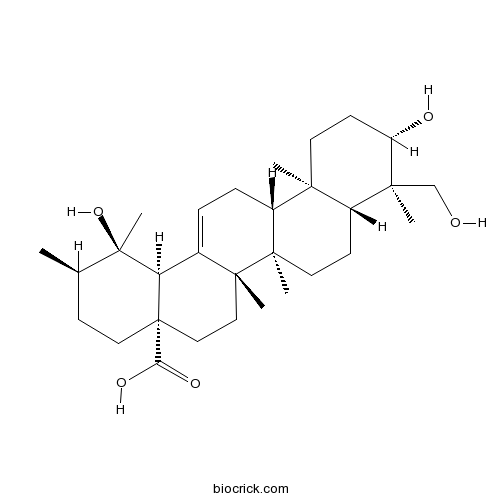
-
BCN5104
Geniposide24512-63-8
Instructions

-
BCN2372
Croceic acid27876-94-4
Instructions
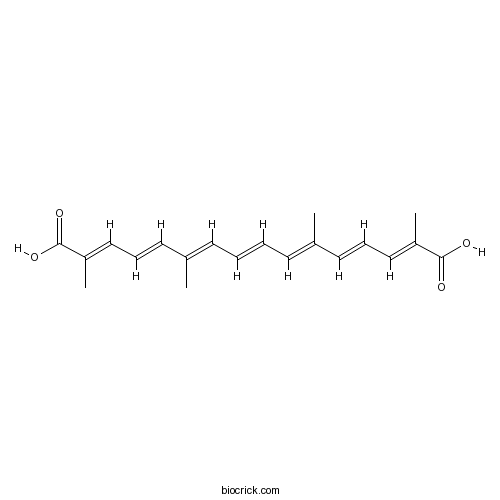
-
BCN5906
Chlorogenic acid327-97-9
Instructions
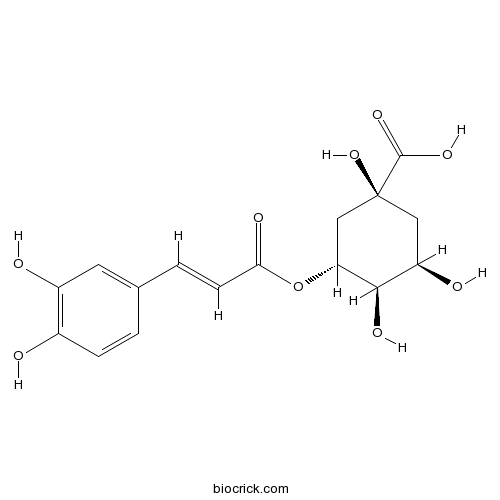
-
BCN2373
Crocin42553-65-1
Instructions

-
BCN5569
Isoquercitrin482-35-9
Instructions
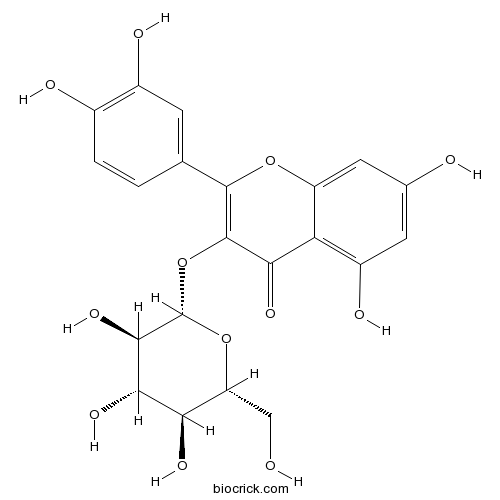
-
BCN5897
Isoimperatorin482-45-1
Instructions
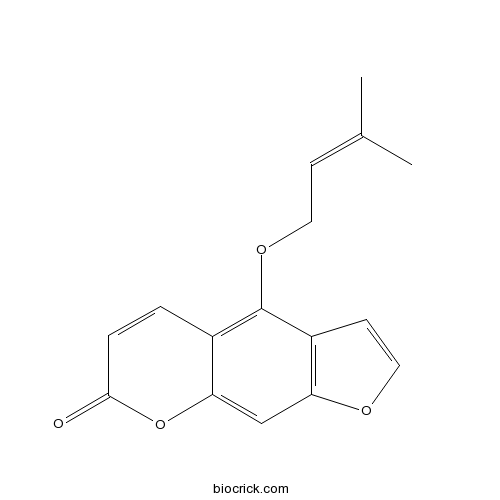
-
BCN5653
Kaempferol520-18-3
Instructions
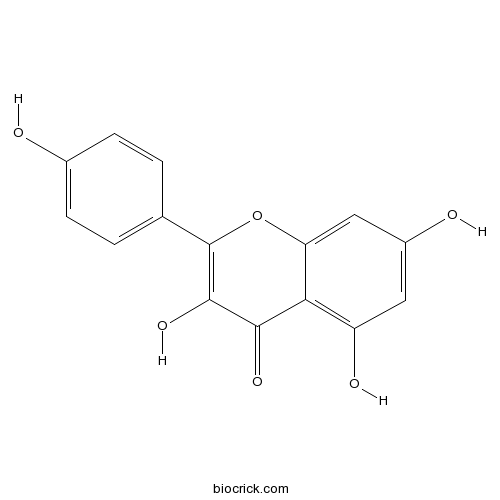
-
BCN1427
Deacetylasperulosidic acid methyl ester52613-28-2
Instructions
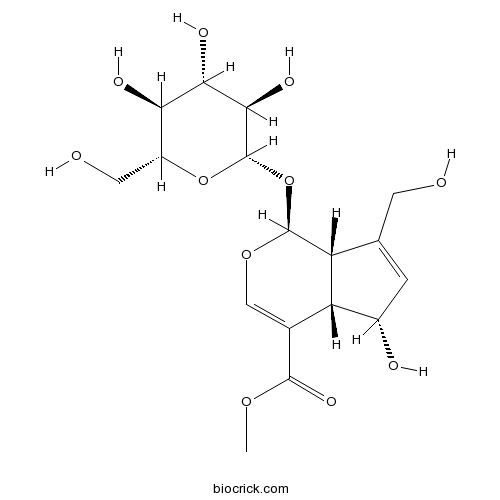
-
BCN1027
Crocin II55750-84-0
Instructions

-
BCN2205
D-Mannitol69-65-8
Instructions

-
BCN5932
Genipin6902-77-8
Instructions
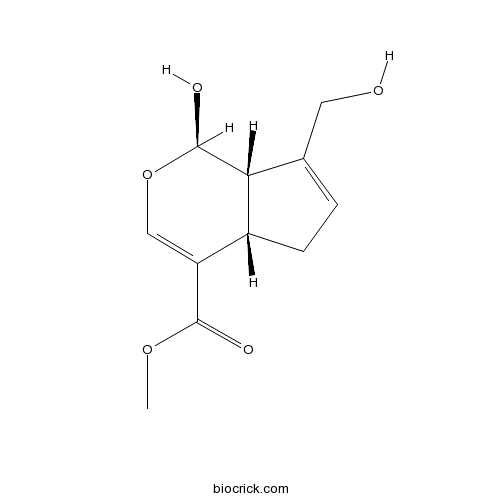
-
BCN4327
Ursolic acid77-52-1
Instructions

-
BCN4376
Stigmasterol83-48-7
Instructions
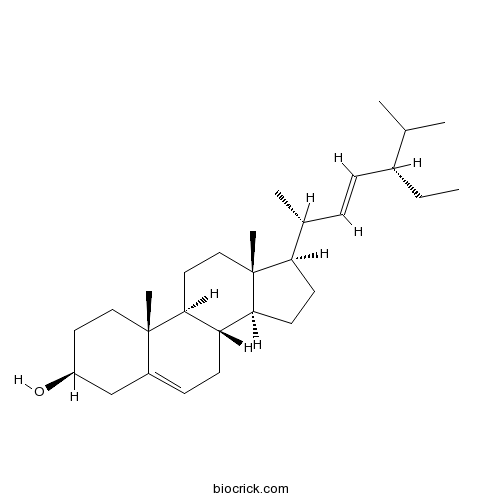
-
BCN6309
Coumarin91-64-5
Instructions

-
BCN4537
3,4-Dihydroxybenzoic acid99-50-3
Instructions
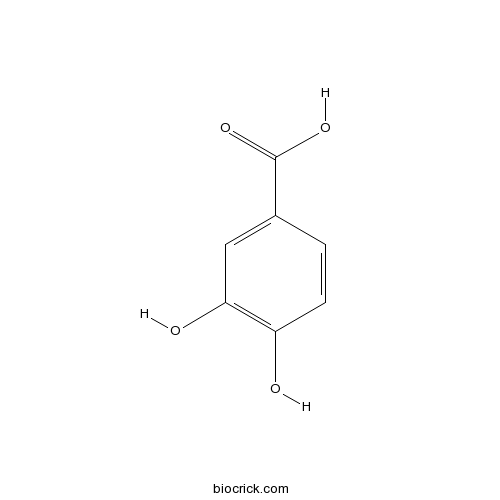
Repellency, toxicity, and anti-oviposition of essential oil of Gardenia jasminoides and its four major chemical components against whiteflies and mites.[Pubmed: 29925963]
None
Green synthesis and characterization of biologically active nanosilver from seed extract of Gardenia jasminoides Ellis.[Pubmed: 29886331]
None
Potential role of genipin in cancer therapy.[Pubmed: 29758279]
Genipin, an aglycone derived from the iridoid glycoside, geniposide, is isolated and characterized from the extract of Gardenia jasminoides Ellis fruit (family Rubiaceae). It has long been used in traditional oriental medicine for the prevention and treatment of several inflammation driven diseases, including cancer. Genipin has been shown to have hepatoprotective activity acting as a potent antioxidant and inhibitor of mitochondrial uncoupling protein 2 (UCP2), and also reported to exert significant anticancer effects. It is an excellent crosslinking agent that helps to make novel sustained or delayed release nanoparticle formulations. In this review, we present the latest developments of genipin as an anticancer agent and briefly describe its diverse mechanism(s) of action. Several lines of evidence suggest that genipin is a potent inhibitor of UCP2, which functions as a tumor promoter in a variety of cancers, attenuates generation of reactive oxygen species and the expression of matrix metalloproteinase 2, as well as induces caspase-dependent apoptosis in vitro and in in vivo models. These finding suggests that genipin can serve as both a prominent anticancer agent as well as a potent crosslinking drug that may find useful application in several novel pharmaceutical formulations.
Preparation of five high-purity iridoid glycosides from Gardenia jasminoides Eills by molecularly imprinted solid-phase extraction integrated with preparative liquid chromatography.[Pubmed: 29676851]
Five iridoid glycosides were prepared using molecularly imprinted solid-phase extraction combined with preparative high-performance liquid chromatography. Hydrophilic molecularly imprinted polymers were synthesized using α-1-allyl-2-N-acetyl glucosamine, which introduced an abundance of hydrophilic groups into the polymers. Using molecularly imprinted solid-phase extraction as the sample pretreatment procedure, five iridoid glycosides, gardenoside, geniposide, shanzhiside, geniposidic acid, and genipin-1-O-gentiobioside, were selectively enriched from Gardenia fructus extracts. Preparative high-performance liquid chromatography then provided iridoid glycosides with a purity >98%. The structures were elucidated by using nuclear magnetic resonance spectroscopy, optical rotation and melting point measurements, and mass spectrometry. The results demonstrate that molecularly imprinted solid-phase extraction combined with preparative high-performance liquid chromatography was an efficient, rapid, and economical method for the preparation of bioactive compounds from natural products.
Geniposide improves repeated restraint stress-induced depression-like behavior in mice by ameliorating neuronal apoptosis via regulating GLP-1R/AKT signaling pathway.[Pubmed: 29626654]
Geniposide (GP), a bioactive iridoid glycoside isolated from Gardenia jasminoides Ellis, as well as an agonist of Glucagon-like peptide-1 receptor (GLP-1R), has been reported to exhibit antidepressant-like effects in several rodent models. However, the underlying mechanisms remain obscure. In this study, we mainly investigated the antidepressant-like effects of GP and explored the possible mechanisms associated with GLP-1R signaling by using the repeated restraint stress (RRS)-induced depression model of mice. We found that GP treatment significantly ameliorated depression-like behaviors induced by RRS, such as decreased sucrose preference (SP) in sucrose preference test (SPT), reduced locomotor activity in open field test (OFT) and extended immobility time in tail suspension test (TST) and forced swimming test (FST). In addition, GP suppressed the neuronal apoptosis as well as reduced pro-inflammatory cytokines levels including Interleukin-1β (IL-1β) and tumor necrosis factor-α (TNF-α) in the hippocampus of RRS-induced mice. Moreover, GP restored the expression of GLP-1R/protein kinase B (AKT) signaling-related protein. Importantly, these effects were blocked by an antagonist of GLP-1R, Exendin(9-39) (Ex(9-39)), indicating that GLP-1R signaling pathway might be involved in the neuroprotective and antidepressant-like effecacy of GP. In conclusion, GP exerted promising antidepressant-like effects in RRS mice, and the antidepressant-like action of GP might be closely relevant to GLP-1R/AKT signaling.
Quality assessment of saffron (Crocus sativus L.) extracts via UHPLC-DAD-MS analysis and detection of adulteration using gardenia fruit extract (Gardenia jasminoides Ellis).[Pubmed: 29622218]
A new UHPLC-DAD-MS method based on a Core-Shell particles column was developed to realize the rapid separation of saffron stigma metabolites (Crocus sativus L.). A single separation of 35 compounds included cis and trans-crocetin esters (crocins), cis-crocetin, trans-crocetin, kaempferol derivatives, safranal, and picrocrocin from pure saffron stigmas. This method permitted the detection of 11 picrocrocin derivatives as the typical group of compounds from saffron as well as the detection of gardenia-specific compounds as typical adulterant markers. The metabolite concentration in a Standardized Saffron Extract (SSE) was determined using the method described herein and by comparison to the ISO3632 conventional method. The safranal content was 5-150 times lower than the value of 2% that was expected via ISO3632 analyses. Using the same Core-Shell separation, geniposide detection appeared to be a relevant approach for detecting the adulteration of saffron by using gardenia.
Geniposide Attenuates LPS-Induced Injury via Up-Regulation of miR-145 in H9c2 Cells.[Pubmed: 29611016]
Myocarditis is a cardiomyopathy associated with inflammatory response. It has been reported that geniposide (GEN), a traditional Chinese herb extract from Gardenia jasminoides Ellis, possesses an anti-inflammatory effect and a protective effect on cardiomyocytes. The present study aimed to explore the protective role of GEN and the underlying mechanism in LPS-injured H9c2 cells. H9c2 cells were treated with LPS to induce cell injury and then we investigated the effect of GEN. miR-145 expression was inhibited by transfection with miR-145 inhibitor and its expression was measured by RT-PCR. Cell viability and apoptotic cells were measured by CCK-8 assay and flow cytometry analysis. The levels of pro-inflammatory factors (IL-6, TNF-α, and MCP-1) were assessed by western blot and RT-PCR. Western blot was performed to detect the expression of the MEK/ERK pathway-related factors. LPS exposure reduced cell viability, increased apoptotic cells, and promoted the expression of pro-inflammatory factors in H9c2 cells. However, GEN pretreatment significantly reduced LPS-induced cell injury, as increased cell viability, reduced apoptotic cells, and inhibited the expression of pro-inflammatory factors. Moreover, we found that miR-145 expression was down-regulated by LPS exposure but was up-regulated by GEN pretreatment. The protective effect of GEN on LPS-injured H9c2 cells was blocked by miR-145 inhibitor. In addition, GEN inhibited the MEK/ERK pathway through up-regulating miR-145. Our results suggested that GEN exerted a protective role in LPS-injured H9c2 cells. The GEN-associated regulation might be related to its regulation on miR-145 and the MEK/ERK signaling pathway.


